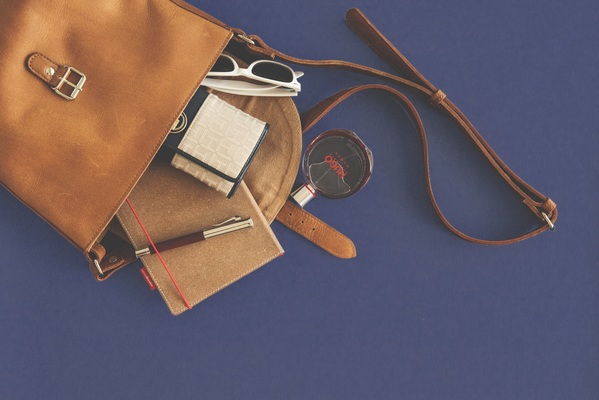By Melissa Grant
When it comes to child-proofing the home, the main places parents and carers check are the kitchen, laundry, shed, garage and bathroom.
Securing furniture and televisions is also a priority when making the house a safer place for small children.
However, there is another household item parents and carers need to be mindful of.
Handbags commonly left around the home have been listed as a major potential danger for babies and toddlers.
“Handbags in many cases are similar to a medicine cabinet as they can contain a range of products including pain killers, contraceptive pills, prescription medicine and hand sanitisers,” Kidsafe Victoria general manager Jason Chambers said.
Other items commonly found in handbags which can pose a risk to children include nail scissors, nail files and cosmetics. Handbags also often contain small objects such as coins and mints that can pose a choking hazard.
Children are naturally curious and love to put things in their mouths, so it’s imperative to keep handbags (which often are left open or are easy to unzip) away from them.
Mr Chambers said placing handbags up high out of reach of little hands was the best way to reduce the risk of children accessing potentially harmful products.
“It is important that all handbags are placed up high out of the sight and reach of children – this includes visitors’ handbags too,” he said.
Kidsafe recommends storing all poisonous products out of sight and out of reach of children in a lockable cupboard that’s at least 1.5 metres from the ground.
Last year, the Victorian Poisons Information Centre received 15,719 calls – about 43 a day – regarding a child under the age of five being exposed to a poisonous substance.








